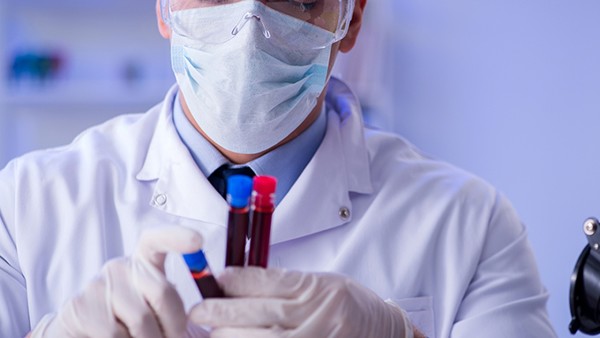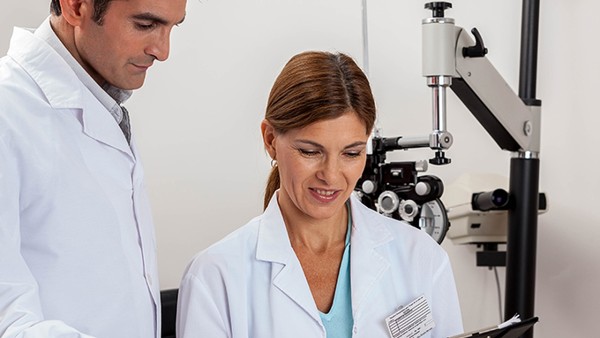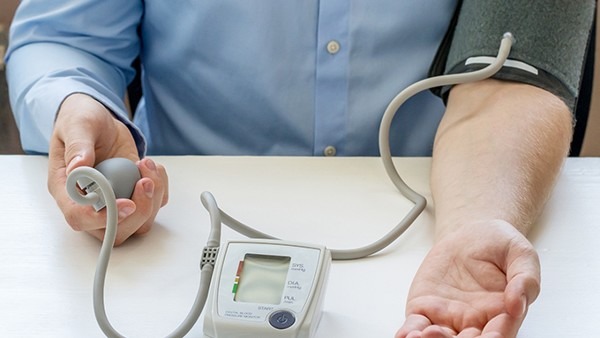Cervical Disc Herniation Accompanied by Bone Hyperplasia

Introduction
Cervical disc herniation (CDH) is a common cause of neck pain and radiculopathy. It occurs when the soft, gelatinous center of an intervertebral disc pushes through the tough outer layer of the disc and presses on a nerve root. This can cause pain, numbness, and weakness in the neck, arm, or hand.
In some cases, CDH can be accompanied by bone hyperplasia, which is the formation of new bone. This can occur on the vertebrae or on the disc itself. Bone hyperplasia can make CDH more difficult to treat and can increase the risk of complications.
Symptoms
The symptoms of CDH with bone hyperplasia are similar to those of CDH without bone hyperplasia. These symptoms can include:
Neck pain
Radiculopathy (pain, numbness, or weakness in the neck, arm, or hand)
Headache
Dizziness
Difficulty swallowing
Hoarseness
Bone hyperplasia can also cause additional symptoms, such as:
Stiffness in the neck
Difficulty turning the head
Pain that is worse when lying down
Numbness or tingling in the hands or fingers
Diagnosis
CDH with bone hyperplasia is diagnosed based on a physical examination and imaging tests. Imaging tests that can be used to diagnose CDH with bone hyperplasia include:
X-rays
CT scans
MRI scans
Treatment
The treatment for CDH with bone hyperplasia depends on the severity of the symptoms. In some cases, conservative treatment, such as physical therapy, chiropractic care, and medication, may be enough to relieve symptoms. In other cases, surgery may be necessary to remove the herniated disc and the bone hyperplasia.
Surgery
The goal of surgery for CDH with bone hyperplasia is to remove the herniated disc and the bone hyperplasia and to decompress the nerve root. Surgery can be performed through an anterior approach (from the front of the neck) or a posterior approach (from the back of the neck).
The anterior approach is typically used for herniated discs that are located in the lower cervical spine. The posterior approach is typically used for herniated discs that are located in the upper cervical spine.
Recovery
The recovery time after surgery for CDH with bone hyperplasia varies depending on the severity of the surgery. Most patients are able to return to their normal activities within a few weeks. However, it may take several months for the pain and other symptoms to completely resolve.
Complications
Surgery for CDH with bone hyperplasia is generally safe, but there are some potential complications. These complications include:
Infection
Bleeding
Nerve damage
Hoarseness
Difficulty swallowing
Conclusion
CDH with bone hyperplasia is a serious condition that can cause significant pain and disability. Treatment for CDH with bone hyperplasia depends on the severity of the symptoms. In some cases, conservative treatment may be enough to relieve symptoms. In other cases, surgery may be necessary to remove the herniated disc and the bone hyperplasia.
The above is all the content that the editor wants to share with you. I sincerely hope that these contents can bring some help to your life and health, and I also wish that your life will be happier and happier.
Tags: #herniation #disc #cervical









